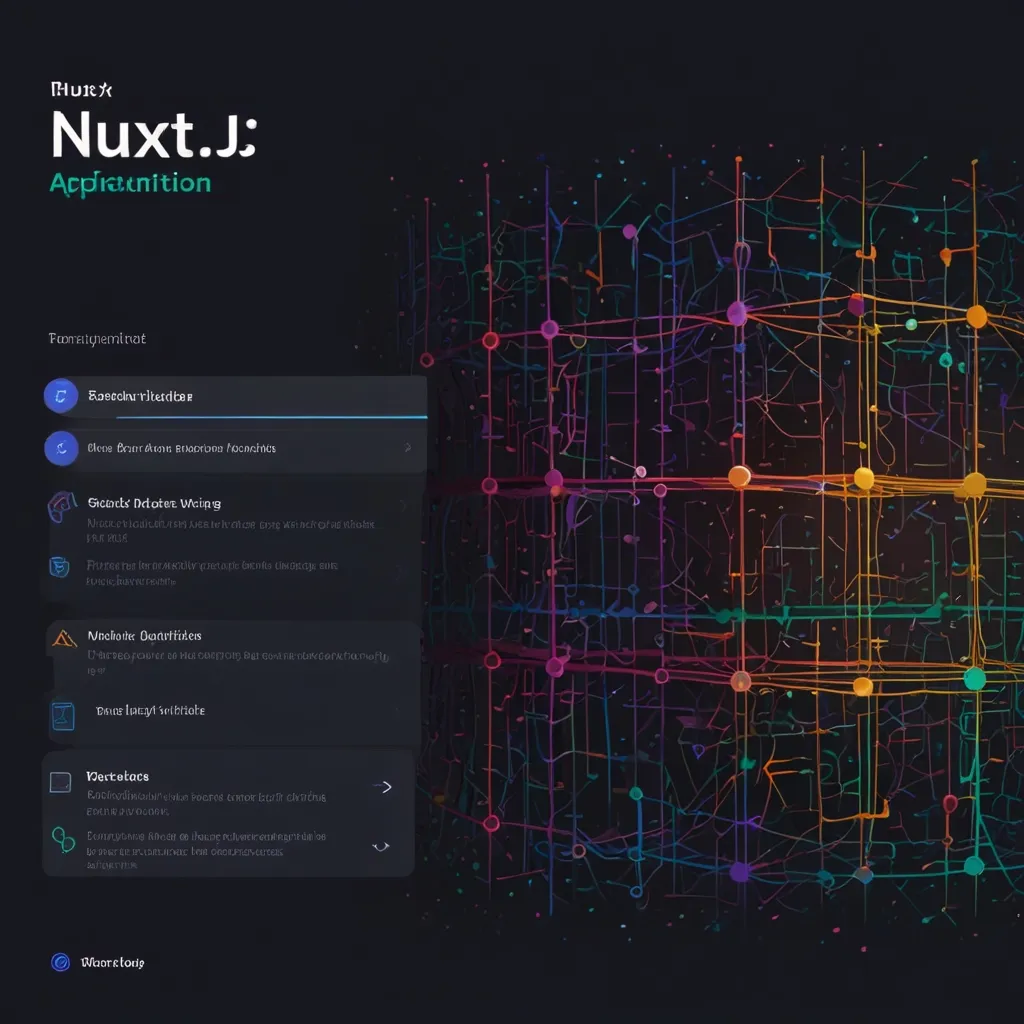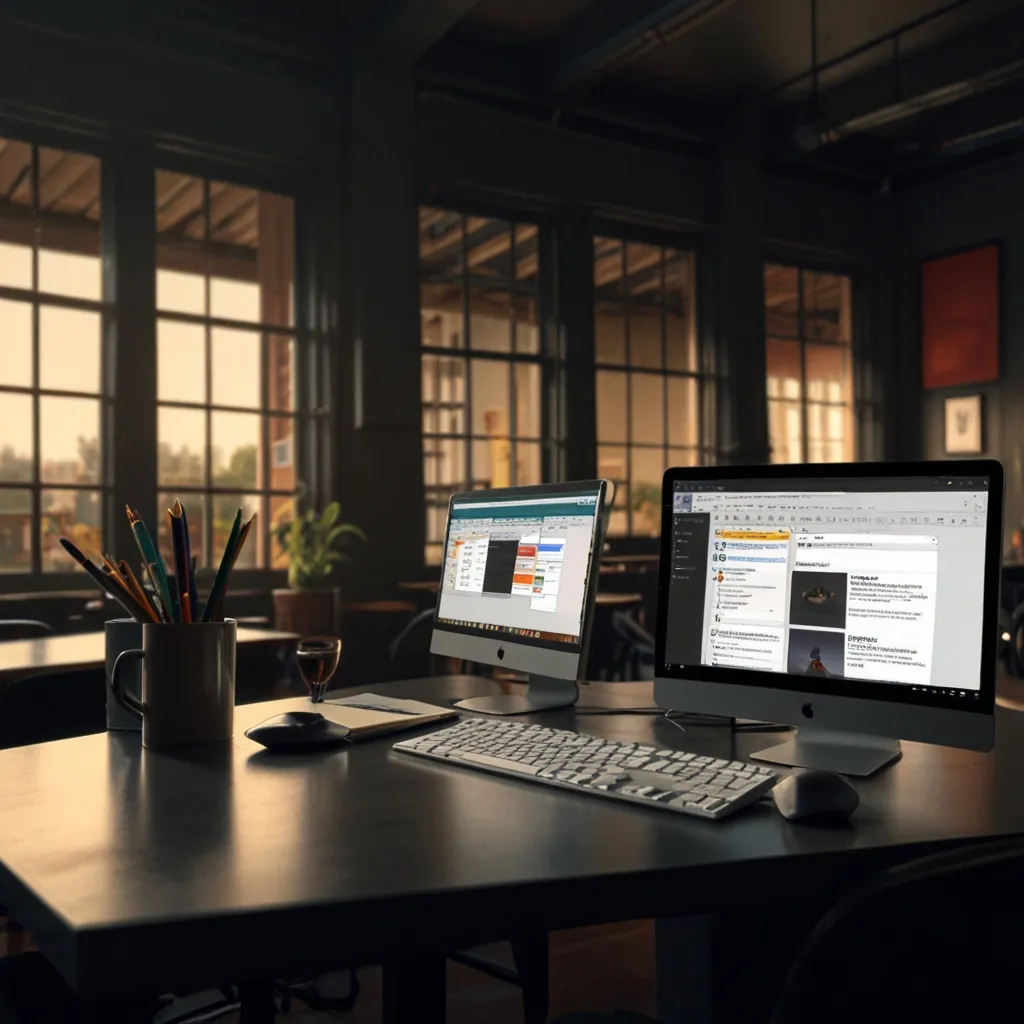Flask: Kickstarting Your Web Development Journey
When it comes to web development, Python is the go-to language for many, and among its extensive toolkit, Flask stands out. It’s not one of those hulking, feature-packed frameworks that throw a million things at you upfront. Instead, Flask is a microframework, lightweight and incredibly flexible, perfect for quick and efficient web app development. Let’s delve into what makes Flask unique and how it can be your ally in building web applications.
So, What Exactly is Flask?
Flask might be modestly dubbed a microframework because it doesn’t tie you down with an avalanche of dependencies. Fun fact: it started almost as a joke by Armin Ronacher for April Fool’s Day but quickly gained traction for its sheer utility. At its core, Flask is built on WSGI (Web Server Gateway Interface), the bridge between web servers and Python web apps. Plus, it uses the Jinja2 template engine, which is awesome for managing templates and chucking dynamic content into your web pages.
Getting Your First Flask Project Off the Ground
Starting with Flask doesn’t have to be a headache. It’s pretty straightforward, even if you’re just dipping your toes in Python. Here’s the play-by-play:
First, install Flask. Fire up your terminal and get Flask on board with:
pip install Flask
This will set you up with Flask and all the essentials it needs.
Next, set up a virtual environment. It’s good hygiene to keep your project’s dependencies in their own little bubble. Create and activate your virtual environment using:
python -m venv myenv
source myenv/bin/activate # On Windows, use `myenv\Scripts\activate`
Now, let’s create your first Flask app. Create a file named app.py and slap in this code:
from flask import Flask
app = Flask(__name__)
@app.route('/')
def hello():
return 'Hello, World'
if __name__ == '__main__':
app.run()
To get your shiny new app running, use:
FLASK_APP=app.py flask run
By default, your app will be live at http://127.0.0.1:5000/.
Structuring Your Growing Application
As you add more features, keeping things organized is crucial. Here’s a simple structure to guide you:
project/
├── app.py
├── templates/
│ └── index.html
├── static/
│ └── css/
│ └── style.css
└── config.py
Blueprints are fantastic for breaking down your app into manageable chunks. Here’s a taste of how to use them:
from flask import Blueprint
main = Blueprint('main', __name__)
@main.route('/')
def index():
return 'This is the main page'
And don’t forget to register those blueprints:
from flask import Flask
from project.main import main
app = Flask(__name__)
app.register_blueprint(main)
Harnessing Templates and Static Files
Flask, with its Jinja2 engine, makes template management a breeze. Create a templates directory and add your HTML. Something like:
<!DOCTYPE html>
<html>
<head>
<title>My Flask App</title>
</head>
<body>
<h1>{{ greeting }}</h1>
</body>
</html>
You can render templates like this:
from flask import render_template
@app.route('/')
def index():
return render_template('index.html', greeting='Hello, World!')
For static files, Flask got your back too. Just place your CSS or JS in the static directory and link them in templates:
<link rel="stylesheet" href="{{ url_for('static', filename='css/style.css') }}">
Working with Databases and Models
Flask doesn’t pack an out-of-the-box database module, but extensions like Flask-SQLAlchemy fill that gap perfectly. Start by installing it:
pip install Flask-SQLAlchemy
Setup your database in a configuration file:
from flask import Flask
from flask_sqlalchemy import SQLAlchemy
app = Flask(__name__)
app.config['SQLALCHEMY_DATABASE_URI'] = 'sqlite:///data.db'
db = SQLAlchemy(app)
Define your data models:
class Post(db.Model):
id = db.Column(db.Integer, primary_key=True)
body = db.Column(db.String(256))
def __init__(self, body):
self.body = body
def __repr__(self):
return "<Post({})>".format(self.id)
Create and interact with your database like so:
with app.app_context():
db.create_all()
post = Post('Hello, World!')
db.session.add(post)
db.session.commit()
Object-Based Configuration
Flask’s configuration system is pretty flexible. You can use object-based config to keep things tidy. Create your config file:
class BaseConfig(object):
SECRET_KEY = 'SuperS3cretKEY_1222'
DEBUG = False
TESTING = False
class DevelopmentConfig(BaseConfig):
DEBUG = True
TESTING = True
Load this configuration in your app:
from project.config import DevelopmentConfig
app = Flask(__name__)
app.config.from_object(DevelopmentConfig)
Pros and Cons of Flask
Flask has notable advantages:
- It’s lightweight and allows you to craft your project with the flexibility you need.
- Super easy to pick up and run with, especially if you’re new to web development.
- The community is huge, so you’ll never run dry of resources or support.
However, it’s not all rainbows and butterflies:
- It might not be the best fit for very large, intricate projects. For those, Django might be more your speed.
- Some features will need extra setup since Flask keeps it minimal out of the box.
Django vs. Flask
Django and Flask are like apples and oranges, serving different needs:
- Django is your Swiss Army knife, with built-in ORM, templates, and authentication—a total package for big projects.
- Flask, on the other hand, keeps it lean and mean, offering only what you need for small to medium projects, lending itself to creative freedom and simplicity.
Real-Life Flask Heroes
Flask isn’t just a learning tool—it’s battle-tested and trusted by big names like Uber, Netflix, and Reddit. It’s also a favorite for backend development in mobile apps, letting developers speed along without getting bogged down in boilerplate code.
Wrap-Up
Flask is your buddy in the Python web development world—powerful yet simple, and ready to handle both rookie experiments and intricate projects. It’s supported by a vibrant community and offers the flexibility to scale your app whether it’s a tiny widget or an enterprise-grade solution. So, next time you’re itching to build a web app, give Flask a spin. It’s the friendly guide you didn’t know you needed.






